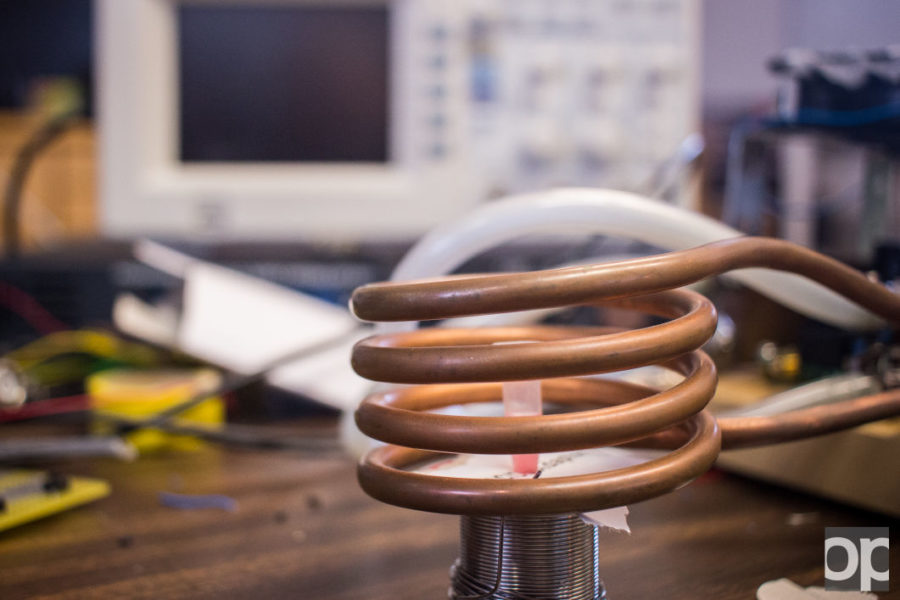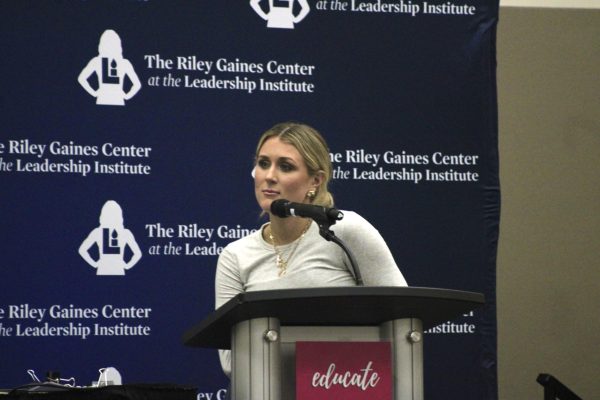OU students on track to end leukemia
A team of Oakland University students are developing new ways to destroy leukemia cancer cells by using heat-induced magnetic fields.
Jason Gorski, Anthony Bogedin and Chris Clement, the students behind the project, have been designing and researching since the summer of 2014.
The team is hoping to find a new way to kill harmful cells, by creating an apparatus because treatments like chemotherapy do not always kill all of the harmful cells, according to Gorski.
Leukemia cells can replicate after chemotherapy by attaching to Enterochromaffin (EC) cells, which line the digestive tract.
EC cells are healthy and plentiful in the human body, but they sometimes provide a safe haven for leukemia cancer cells to latch onto and allow them to live through chemotherapy treatments. A discovery made by Oakland University’s own Dr. Gerard Madlambayan, assistant professor of biological sciences.
The apparatus the students developed uses copper coils, a cooling system and a direct current alternator to create magnetic momentum. Essentially, it would assist in terminating cells that have the ability to pair with harmful cancer cells.
The apparatus works in pair with an injected solution that targets and marks the EC cells that are open to attachment.
The solution, composed of iron-oxide based nanoparticles, will guide antibodies to seek the targeted cells.
“Iron-oxide-based nanoparticles are the same sort of thing they use for improving the imaging in MRI machines,” Bogedin said. “So it’s something that’s been proven safe when inside the human body.”
The nanoparticles job is to seek out the EC cells open to attachment and bind them with manmade “linkers.” They are responsible for allowing the magnetic current to be possible, creating friction-induced vibration in order to destroy the cells.
Despite success, the group has hit road bumps but continues to plan experiments and research ways to improve their approach.
“The next step we’re going through is finding out to establish how effective we are at killing the leukemic cancer cells when the antibody particle is unguided,” Clement said.
There is still much work to be done in order to move forward with funding which could result in a larger scale creation of these expensive nanoparticles.
Development has slowed down because of the biological complications of the process, but with such promising development, it’s difficult at this point for the students to lose morale.
Contact Erica Marracco via email at [email protected]












